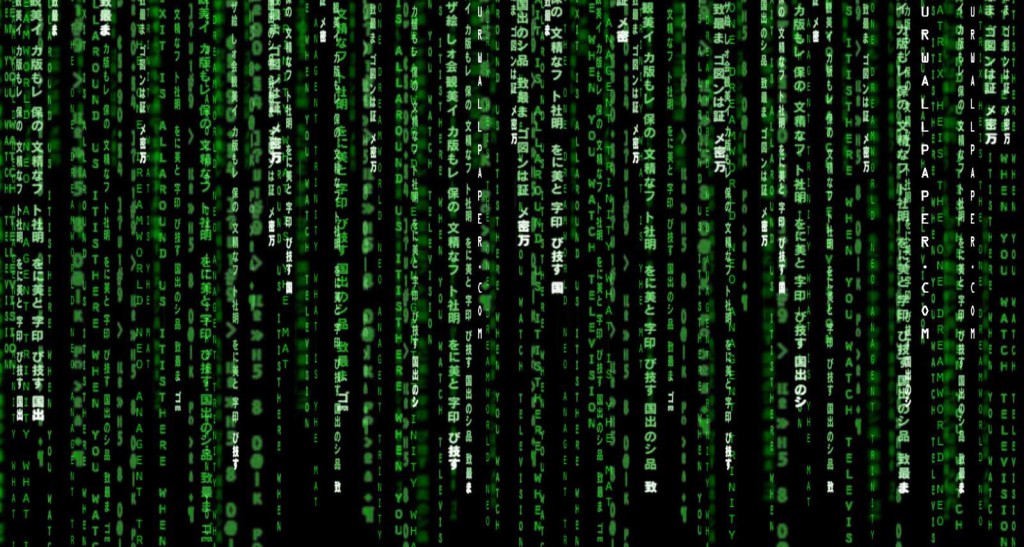A voyage of data discovery
Steve Cassidy is surprised at what he finds on his latest data quest...

It was the name of the truck that caught my attention first. Run Simple; like a campaign for marathons or one of those under-11's coding toys like Logo.
This truck belongs to German software giant SAP. I was invited by the firm to take a look around while it was parked up out at the Olympic Park, in the blazing height of summer.
Outside the truck, I found a small circle of City and Guilds students, listening very attentively to Cathy Ward, global head of deal execution at SAP. That's quite some title; I assumed (while realising I didn't have somewhere to lock up my bike) that the explanation gap between a global deal executioner and a student fresh from A-levels might be the main reason why I was there. So, bike nicely tethered away from the rather suspicious looking local lads with a "borrowed" Boris Bike, I joined in the session, trying to balance the natural journalist's instinct to ask rude questions, with a bit of a sense of investing in these kids alongside SAP's own community outreach programme.
And, a bit like like the towpath ride out there, the discussion turned out to be a lot of fun. Some of the students asked my ruder questions for me; others posed teaser questions which helped the SAP crew to realise how abstract their day to day interests were, when seen by people only just starting to think about the world of work and careers.
Then we went into the truck, and at least for me, everything started slotting into place in a big way. SAP are famous for ERP databases - Enterprise Resource Planning, the kind of reporting and data collection that would have stopped Woolworths ending up with enough green zips in haberdashery to keep selling at the same rate for the next 25 years. SAP is also famous for HANA, which is a more generalised database tool. This overall history puts it in a very good position to make sense of the vast quantities of data flooding in from the IoT, or from the new breed of smart machinery that is appearing in some of the least likely workplaces. Inside the truck, I found some very physical demos of some very virtual, cloud-resident software products doing some exceedingly real-world things for businesses.
For example, while the kids and the SAP demo team were eagerly discussing smart football stadiums and league tables, I sneaked off with Cathy and looked at the Epson not-quite-Google-Glass spectacles. These were chortled at by pundits when they first came out, assuming their projection technology to be all there was to compare. However, what I saw was a smart industrial system which would allow an operator to select a QR code in the field of view and then be fed any data about that QR code, whether it was stuck to an item of stock or a shelf, or a forklift truck. Suddenly, a layer of software makes an apparently silly bit of kit into a business force multiplier.
The City & Guilds kids having satiated their need for football, we moved on to something that I tired to hide my sense of boredom at: Smart Farming. I've been on a few farms and I could not see how a 50in touchscreen with an overlaid Google Maps feed on it could possibly have a place in a stinking milker parlour or a hormonal, leaping herd of in-season Alpacas. Then someone said "Drone" and I perked right up: SAP has been infilling missing data on the fine microgeology and climate of a farmer's bailiwick, by flying drones over the fields.
Sign up today and you will receive a free copy of our Future Focus 2025 report - the leading guidance on AI, cybersecurity and other IT challenges as per 700+ senior executives
That's just one snippet: The rest of the demo was simply staggering. A relatively small rise in the number of cheap small smart data collecting devices is allowing SAP to construct hugely powerful reporting systems for farmers, communities, regions and whole nations. Smart microgeology lets farmers vary the amount of fertiliser they are dropping, based on high and low spots in individual fields; short-term weather reporting both within the farm and from the surrounding areas is improving yields by taking the guesswork out of harvesting decisions. Once again the common thread here is in instrumentation, and then pulling what the new cheap instruments are telling you into a coherent picture.
Suddenly, I had a massive shift in perception. SAP's target was not that different from the planners of the Olympic Park, who were trying to plan a transport service in response to a limited view of the actual likely traffic they would encounter. Likewise, the slightly sweaty bike plod outside had a tiny amount of information on miscreant cyclists, and were trying their best to catch them - when in fact the bad boys were right beside us, playing on a Boris Bike that had escaped the TfL security net. It was all decisions driven by inadequate data collection - all of them, waiting for a good way to collect better information on the very small, fairly cheap, pretty simple actions taken around them all day, every day.
And even though the farming app was seriously impressive, we have only scratched the surface of the implications of this forthcoming torrent of data. Analysts able to both make sense of, and then distil and present, all this data are going to be the kings of the next decade: Current analysts are sure of that, at least. Which meant that in all likelihood, the kids from City & Guilds at the truck day have had just about the biggest case of "right place, right time" I think I've ever seen.

